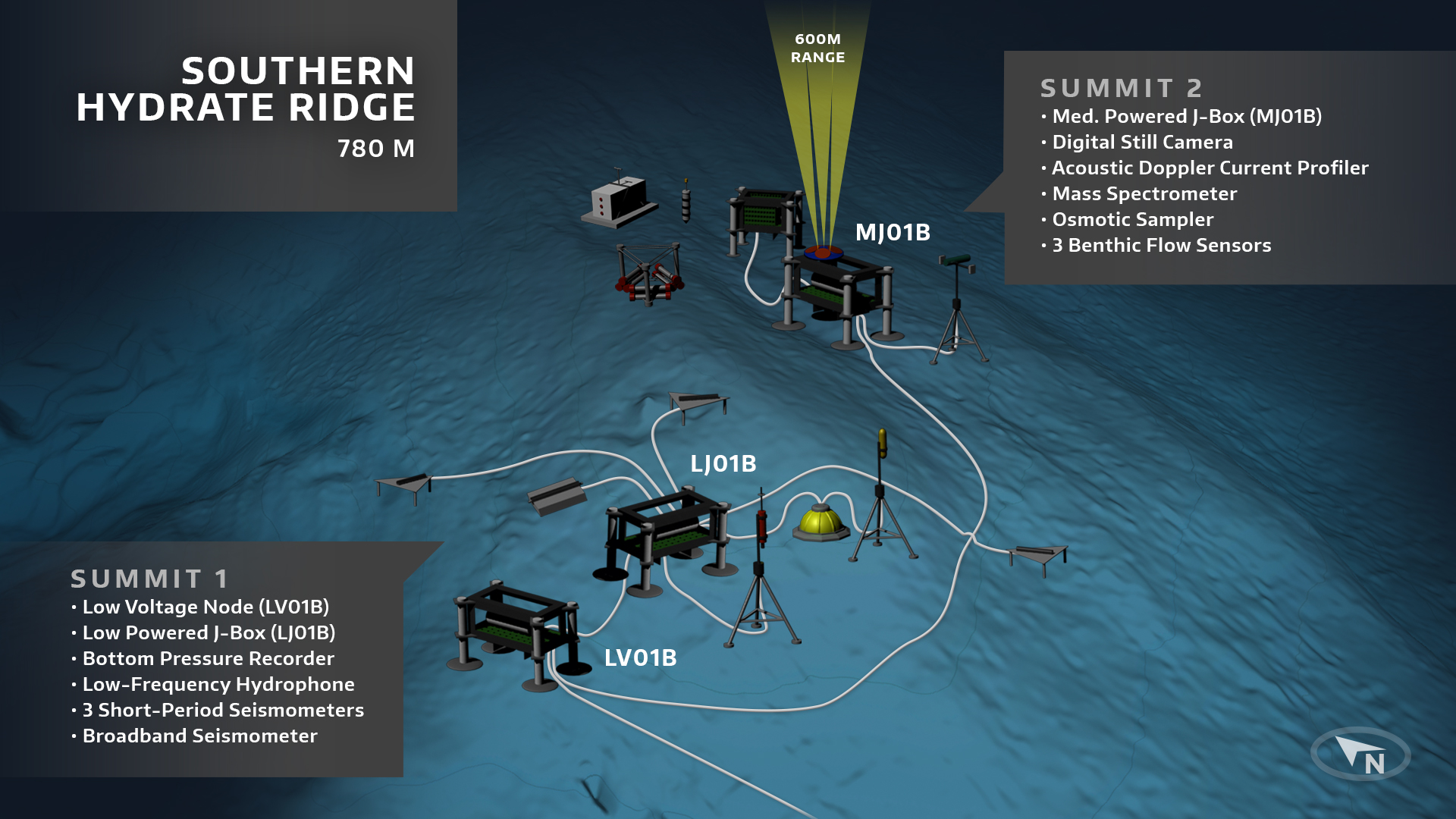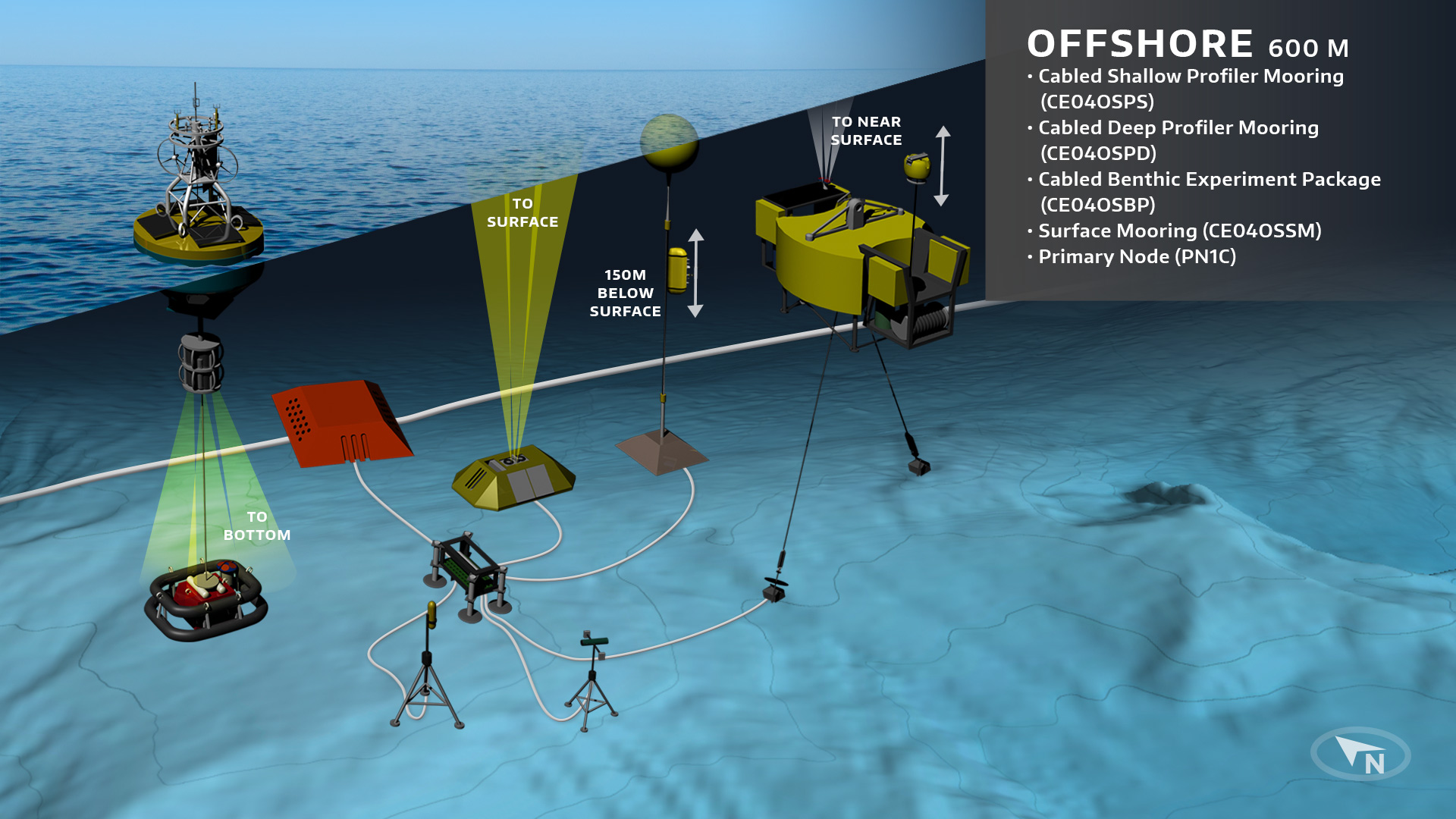Image Archive





























uw-w-logo-50

uw-w-logo

This will be a great caption... I just know it!

soo-logo-phone

michael_vardaro_temp

Wendi_Reuf

mitch_elend

katie_bigham

mcguire_chuck

Orest_Kawka

Mike_Harrington

laurie_Bryan

Biran_Ittig

Deborah Kelley

placeholder-1.png

VISIONS19 Banner

The global class research ship the R/V Atlantis will be utilized on the Regional Cabled Array, Ocean Observatories Initiative cruise May 29-July 9, 2019, funded by the National Science Foundation. Credit: University of Washington.

so-hydrate

slope-base1

shelf

offshore

inshore

BO-Endurance-Array-S-Hydrate

BO-Endurance-Array-OR-Line

BO-Endurance-Array-OR-Offshore

BO-Endurance-Array-OR-Slope-Base

BO-Endurance-Array-OR-Shelf

BO-Endurance-Array-OR-Inshore
Displaying 3080 through 3108 of 6110 images
- Anemone
- Animal
- Arthropod
- ASHES
- Axial
- Axial Base
- Axial Biology
- Axial Caldera
- Bacteria
- Basalt Lava
- BEP
- Biofouling
- biolgoy
- Biology
- Camds
- Camera
- Camhd
- Central Caldera
- Ciliates
- Cnidaria
- Coastal Biology
- Crab
- Deep Profiler Mooring
- Dive Highlights
- Eastern Caldera
- Echinoderms
- Endurance Array
- Engineering Team
- ENLIGHTEN 10
- Exploratorium
- Fish
- Geology
- HD Camera
- HPIES
- Hydrate Ridge
- Hydrates
- Hydrophone
- Hydrothermal Vents
- Illustration
- Inshore 80 Meters
- Instrument
- International District
- J-BOX
- Jason
- Jellyfish
- Junction Box
- K12
- Lava
- Mollusk
- Moorings
- Nodes
- Nudibranch
- Octopus
- OOI
- Oregon Offshore
- Oregon Offshore 600 m
- Oregon Shelf
- Oregon Slope Base
- People
- PN1B
- PN1D
- Polychaetes
- PPSDN
- Primary Node
- RASFL
- ROCLS
- ROPOS
- ROPOS Dives
- ROV Team
- RV Revelle
- RV Sikuliaq
- RV Thompson
- Salp
- Sample
- SC13
- Science Team
- Sea Cucumber
- Sea Star
- Sea Urchin
- Seafloor
- Seismometer
- Sensors
- Shallow Profiler Mooring
- Shark
- Shipboard
- Shore Station
- Slope Base
- Smoker
- Soft Coral
- Southern Hydrate Ridge
- Sponge
- Squid
- Students
- Students & Guest Participants
- Tmpsf
- Tubeworms
- VISIONS 11 Leg 1
- VISIONS 11 Leg 2
- VISIONS 11 Viewers
- VISIONS 13
- VISIONS 14
- VISIONS 15
- VISIONS 16
- VISIONS 17
- VISIONS 18
- VISIONS 20
- VISIONS 22
- VISIONS 23
- Visualization
